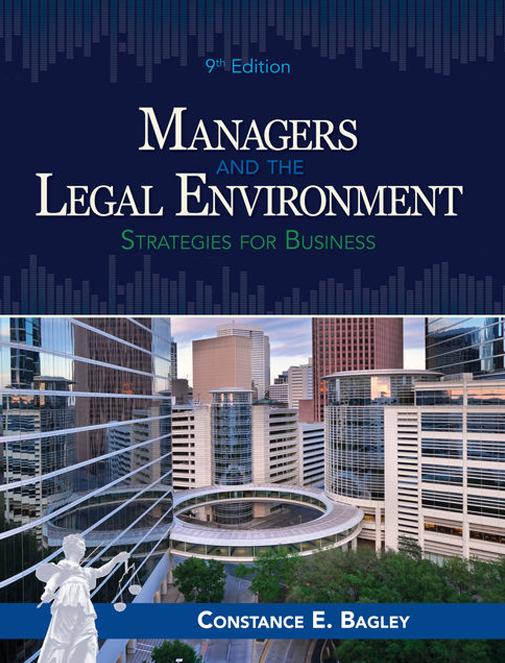Question
Jack Jones, a 65-year-old with a heart condition, was driving alone in his Toyota Camry south on College Ave. in Fayetteville on September 15, 2009,
Jack Jones, a 65-year-old with a heart condition, was driving alone in his Toyota Camry south on College Ave. in Fayetteville on September 15, 2009, his seat belt buckled, the driver-side window open and his left elbow outside it. Suddenly the accelerator jammed and the car leapt forward. Jack stomped the brake pedal but the Camry kept speeding up, running stoplights and skidding wildly on the downhill curves. Finally the car flipped, rolled over twice, and came to rest in the parking lot of Penguin Ed's. The side airbags had deployed, and Jack's left elbow formed an odd angle. Jack's troubles had only begun. After he arrived by ambulance at Washington Regional Hospital, Dr. Davis was setting his broken elbow when Jack went into cardiac arrest. Luckily the medical response time was quick, his condition was stabilized and a Medtronic heart pacemaker was implanted in his chest to avoid future cardiac episodes. Unluckily, a wire component connecting the pacemaker to the heart failed on Nov. 1, 2009. Jack had another heart attack Nov. 2, and he is not likely to live. Jack's wife Jan read in the newspaper about Toyota's September 28, 2009 recall of 3.8 million vehicles, including the 2008 Camry, due to reports of driver-side floor mat entrapment of accelerator pedals. She consulted a partner in the Fayetteville law firm at which you are employed. The partner had a paralegal gather a few facts, noted below, and has turned the file over to you for preliminary analysis. The partner has instructed you to write memo explaining the following:
1. What claims might the Joneses have, against whom, on what basis, and for what injuries? What authorities support each claim?
2. If you think that a particular claim may not succeed, explain why not.
3. If you lack sufficient information to evaluate a claim fully, describe what other information you need, how it would affect your evaluation of that cause of action, and how to obtain it.
4. Bottom line: Should we take this case? Why or why not? Or is it too soon to tell?
Step by Step Solution
There are 3 Steps involved in it
Step: 1

Get Instant Access to Expert-Tailored Solutions
See step-by-step solutions with expert insights and AI powered tools for academic success
Step: 2

Step: 3

Ace Your Homework with AI
Get the answers you need in no time with our AI-driven, step-by-step assistance
Get Started


